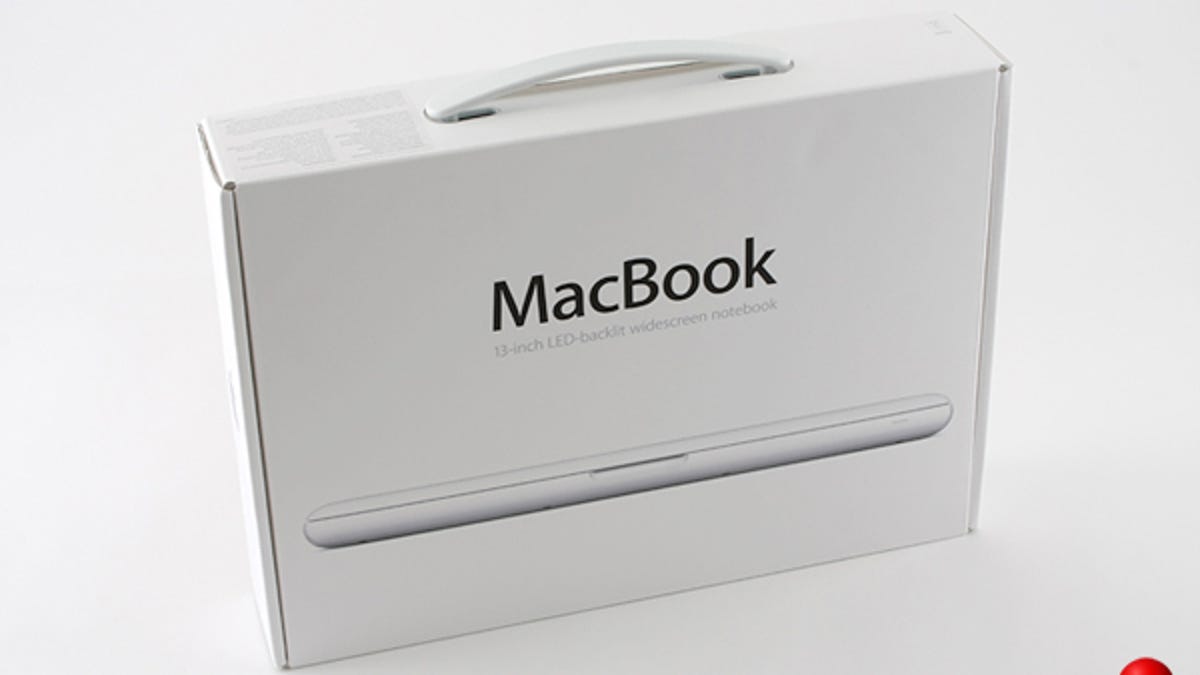Hands-on with the Apple MacBook: Fall 2009 Edition
While it's neither the less-expensive entry level MacBook some had hoped for, nor the long-rumored touchscreen device, the new 13-inch MacBook can now escape its designation as the lone holdover system from Apple's previous generation, thanks to an upscal

Editor's note: We're currently benchmarking and testing the
With the launch of Windows 7 only days away, it's not surprising that Apple would fire a last-minute shot across Microsoft's bow. While the timing may be suspicious, Mac fans are no doubt pleased to see an update to the most popular laptop in the Mac lineup, the
While it's neither the less-expensive entry level MacBooksome had hoped for, nor the long-rumored touchscreen device, the new 13-inch MacBook can now escape its designation as the
But, does that mean
Like the
While still recognizably a MacBook, the new version has more gently sloped edges on its glossy white lid, making it look slightly slimmer when viewed straight on. The bottom half also has a rounded edge, making for an overall effect that's much less boxy, although it's still the same 1.08-inches thick as the previous version. The unibody switch shaves a little weight off the system, going from 5.1 pounds to 4.7 pounds.
The separate bottom panel is particularly interesting. It's a darker off-white color and has a matte non-slip feel, different than the glossy lid and keyboard tray. The unibody construction means the battery is no longer removable, as with the
The touch pad is the same large glass multitouch version found on the MacBook Pros, and it dominates the wrist rest area. The 13.3-inch display is now LED backlit (making that a standard feature across the entire Apple laptop lineup), which is better for both power consumption and environmental concerns. However, unlike the more expensive Pro models, you don't get the slick-looking edge-to-edge glass over the display. Other points of differentiation include the lack of an SD card slot and backlit keyboard.
FireWire fans should note that port has finally left the building. We would have thought this would be a good opportunity to add the same SD card slot found on
Internal components are very similar to the previous plastic MacBook, including the Nvidia GeForce 9400 graphics. The Intel Core 2 Duo CPU has been bumped from 2.13GHz to 2.26GHz, and the default hard drive is now 250GB, up from 160GB. Configuration options are limited to 4GB of RAM (over the default 2GB) and 320GB and 500GB hard drives.
If you own a recent polycarbonate MacBook, or even an older model still in good working order, we don't see an immediate need to upgrade. But, if you've been in the market for a MacBook, and waiting to see if the holiday season would bring lower prices, this new upscale version of the MacBook is as much of a slight recessionary nod Apple is likely to give, as well as the best version to date of it's non-Pro laptop line.

